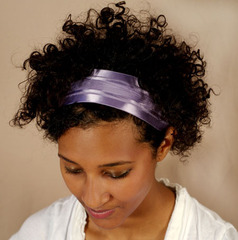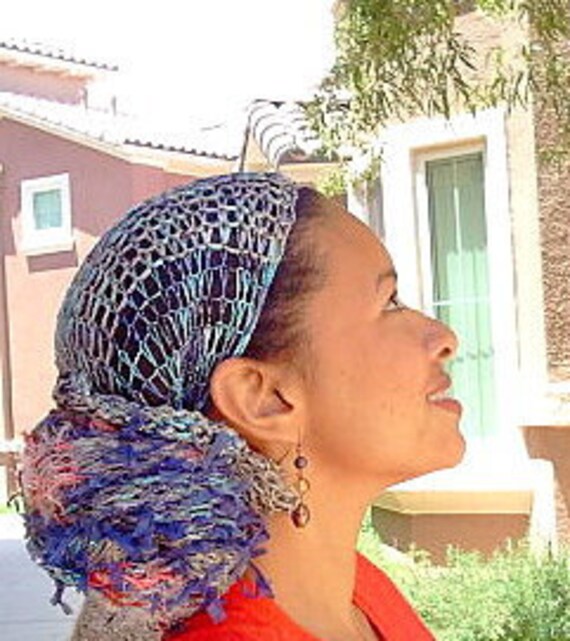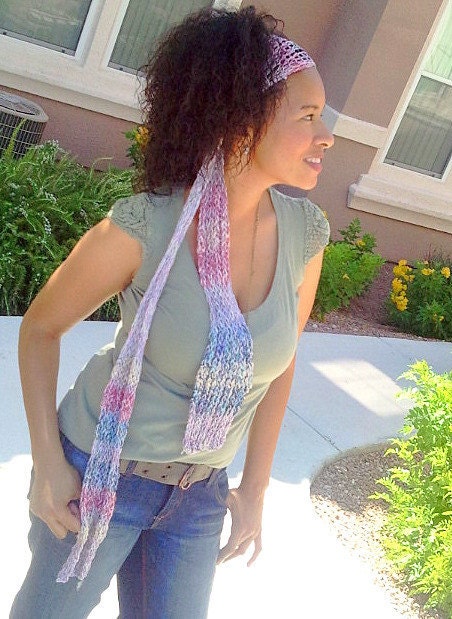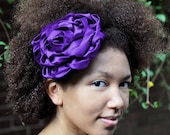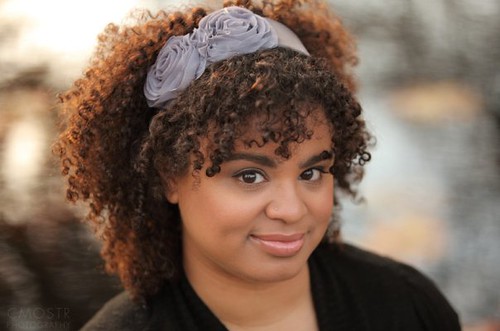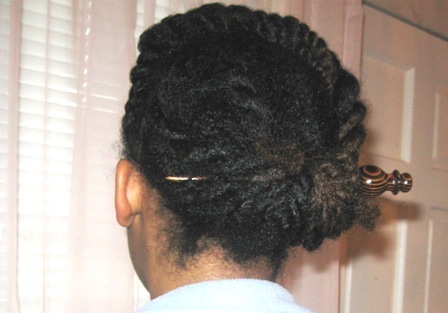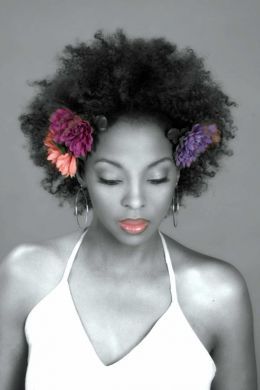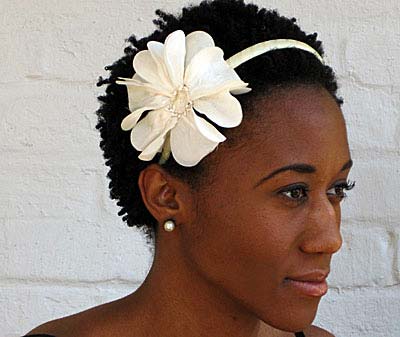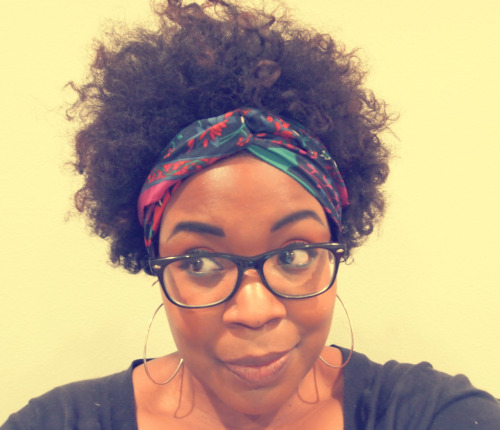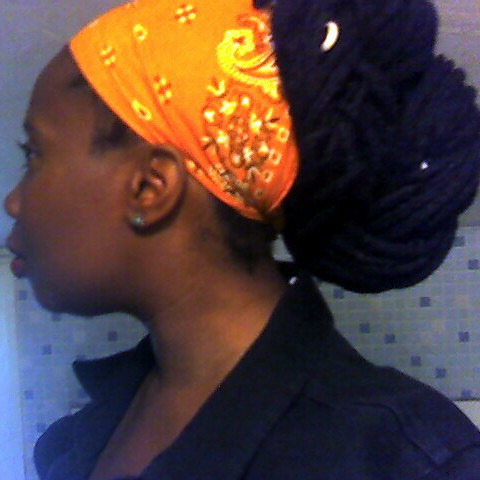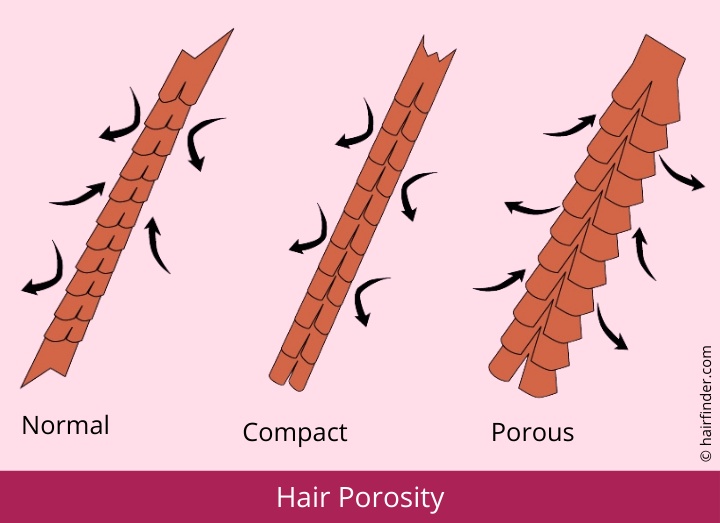This post may be a little lengthy, but I really want people to understand that there is a difference between dandruff and dry scalp. The majority of my clients want to label the flakes in there hair as dandruff, but 9 times out of 10 it's just a bad case of dry scalp or extreme product buildup. That being said, I'm going to try to explain the vast difference between the two.
Dandruff is a bacteria and is actually contagious if a person with it shares there combs, brushes or hats with anyone else. It is a mixture of sebum (natural oil that comes from the hair shaft), sweat, bacteria and scalp tissue. It is always yellow or orange colored because of the sebum and sweat.
Dry scalp is an over shedding of dead and dehydrated skin cells of the scalp caused by itching, scratching, over combing, and due to severe dehydration of the sebaceous glands. This shedding will be white in color. The depictions you see in dandruff commercials are all false. The white flakes they portray would be dry scalp, not dandruff. Dry scalp also can be a result of excessive product buildup on the hair and scalp. You can tell if you have such by taking the edge of a comb or your fingernail and gliding it down a strand of hair. If you come up with a powdery white substance, then it's probably product buildup.
Ok, so now that you know what they are, let's discuss what causes them.
What causes Dandruff?
1. Overactive sebaceous glands
This can be a genetic thing, and in severe cases a dermatologist may be needed. You would need to avoid products that leave a waxy buildup in the hair, hair grease, balms and oily styling products. You would need to shampoo your hair every other day, to keep it free from bacteria. Shampoos with tea tree in it is a great remedy, you may have to get a prescription from the dermatologist or just go to a salon. Be very cautious when using dandruff shampoo. Make sure you don't use it too long as they are a powerful product used to help dry up the scalp. You would NEVER use dandruff shampoo on dry scalp, it would only be adding fuel to the fire.
2. Bad hygiene
That's right folks, not shampooing your hair regularly will make you susceptible to dandruff. If bacteria that is sitting on the scalp is there too long, it will mix with the sebum and cause dandruff. Naturals should shampoo their hair no less than once a week. If wearing braids or a style that can't get wet, then cleanse your scalp with an astringent, like witch hazel.
3. Hair grease, oil balms, Vaseline
I've said it before, no hair will benefit from using petroleum products. These products will not stop scalp tissue from drying out. It's just a highway to dandruffville, especially if the person using it doesn't shampoo on a regular basis. Petroleum products make a water proof and air proof barrier on the scalp. Even though the scalp will still produce sebum and the scalp will still sweat, it will become infected with dandruff because air can't get to the scalp, causing it to stay glued to the scalp.
4. Scratching and digging at the scalp
Do not scrape, dig or claw at the scalp. Do not use a comb to scratch dry patches from your scalp. It can let bacteria in and not just dandruff bacteria, but even worse bacteria like staff. It also causes more aggravation of dry scalp and spread dandruff.
5. Sharing combs and any objects that sit on the head
The same as head lice, dandruff is contagious. Do not share combs with anyone, or other objects that come in contact with the scalp or hair.
What causes dry scalp?
1. A low productivity of sebum
This could be genetic. If you have
psoriasis then you may have low sebum productivity, but patches may turn red and scaly. Dry scalp should be white in color as that is the color of dead skin cells. If you think you may have a genetic deficiency consult a dermatologist, but for dry scalp, in most instances keeping the hair and scalp moist will suffice.
2. Using bad shampoos and conditioners or products that you are allergic to
Most people do not realize that a lot of products used have fillers in them. These fillers range from alcohol to wax. The alcohol in some shampoos and conditioners will dehydrate the hair leaving it feeling dry, brittle and without shine. If you are using these products with dry scalp, then you need to change products, even if the product worked for you once upon a time. Read your labels and learn what works best for you. Also, many people will be allergic to certain products causing irritations like itching, burning and dry scalp. If this is the case, stop using the product. Plain and simple.
3. Not using conditioner
If you do not condition your hair after shampooing, shame on you! Shampoo is drying, even professional ones. It is designed to strip oils from your hair. You need to condition your hair to put the moisture back into your hair and scalp. It also makes sure the cuticle layers of the hair you opened when you were shampooing get closed. It brings the luster and color back to your hair.
I really hope this gives a better insight on the differences between dry scalp and dandruff. Make sure you know the difference before you run out to the drug store for that bottle of Head and Shoulders. It may just be a wasted trip and a waste of money..... LOVE YOUR HAIR!!

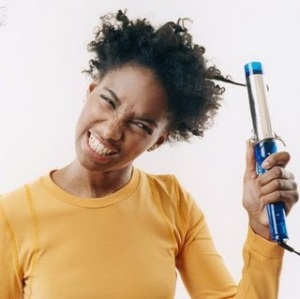


_full.jpeg)




